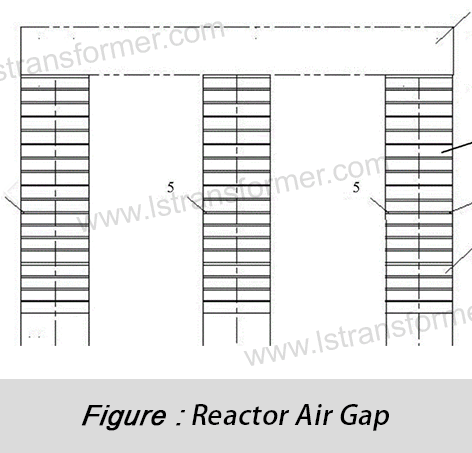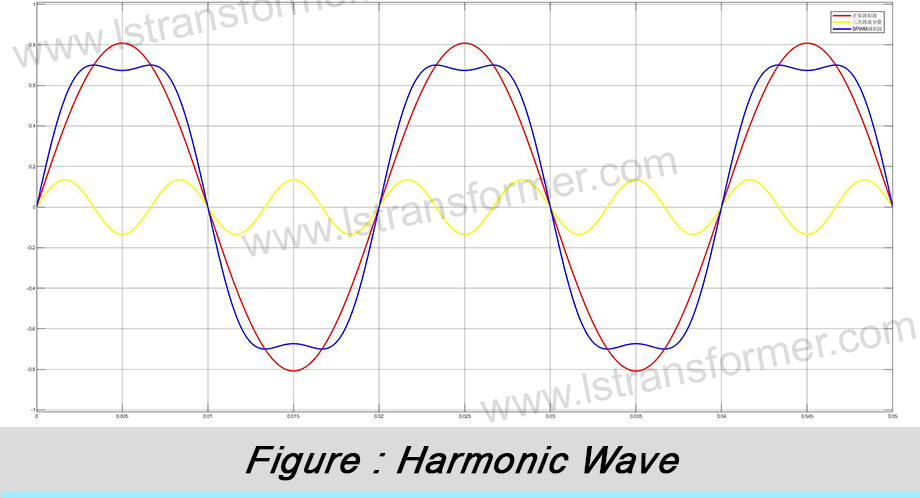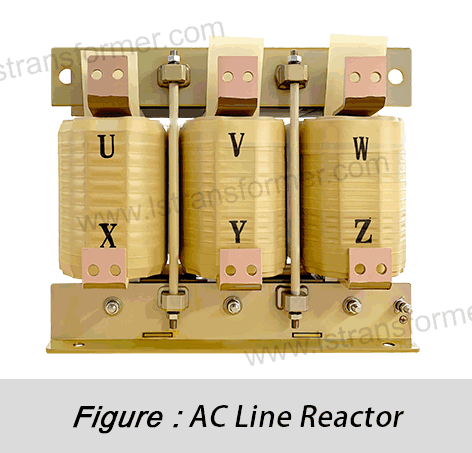How to Improve Harmonic Filtering Efficiency of Reactors? —Exploring Impedance Frequency Characteristics and Topology Optimization
How to Improve Harmonic Filtering Efficiency of Reactors?
—Exploring Impedance Frequency Characteristics and Topology Optimization
According to the International Energy Agency (IEA), inadequate harmonic filtering efficiency in reactors results in annual global energy losses of $32 billion, particularly in 3rd and 5th harmonic frequency bands (150–300 Hz). Traditional reactors struggle with impedance mismatch and thermal management. Based on IEC 61000-4-7 andIEEE 1531 standards, this article analyzes three engineering pathways to enhance filtering efficiency: material innovation, magnetic circuit optimization, and topology upgrades.
Content
1. Three Bottlenecks in Harmonic Filtering Efficiency
● Impedance-Frequency Characteristic Mismatch Traditional reactors exhibit linear impedance growth with frequency, failing to meet harmonic filtering demands:

(1) Mechanism:At 50 Hz (fundamental frequency), impedance is 5Ω, but only 25Ω at 5th harmonic (250 Hz). Optimal filtering requires >50Ω.
(2) Case Study: A steel plant’s 5th harmonic impedance deficiency caused 68% filtering efficiency, leading to transformer overheating.
● Magnetic Core Saturation-Induced Nonlinear Distortion
(1)Saturation Effect: Harmonic currents cause localized core saturation, reducing permeability (μ) and inductance (L).

(2)Consequences: Inductance drops by 73%, amplifying 5th harmonic currents to 1.8× design values. Temperature rise surged from 65°C to 89°C, triggering shutdowns.
● Thermal Runway Due to Inadequate Cooling High-frequency eddy current losses (proportional to frequency²) accelerate insulation aging:

For every 10°C over temperature limits, insulation lifespan halves (Arrhenius model). A data center’s reactor lifespan dropped from 10 to 4 years due to poor cooling.
2. Optimizing Impedance-Frequency Characteristics: Material and Magnetic Circuit Innovations
● Multi-Segment Air Gap Design—Precision Magnetic Resistance Control
(1) Principle:Non-uniform air gaps in the core adjust magnetic reluctance, boosting harmonic-band impedance:

(2) Results: 94% impedance improvement at 5th harmonic (12.5Ω → 24.3Ω). THD at a solar farm dropped from 7.2% to 1.8%, achieving >90% efficiency.
● Nanocrystalline Alloy Cores—Breakthrough in Material Science
Nanocrystalline alloys (iron-based amorphous) with 10–20 nm grain structures offer key advantages:
(1) Anti-Saturation: 1.25T saturation flux density (78% of silicon steel), with only 15% inductance at 250 Hz (vs. 62% for silicon steel).
(2) Low High-Frequency Losses:Eddy current losses at 250 Hz reduced by 70%.
Case Study: Siemens replaced silicon steel with nanocrystalline cores in an offshore wind converter, slashing 5th harmonic current from 6.5% to 1.9% and cutting heatsink size by 40%.
3. Topology Innovations: From Theory to Engineering Excellence
● Cascaded H-Bridge (CHB) Topology: Reverse Harmonic Injection
Series-connected H-bridge modules generate phase-opposed compensation currents for dynamic cancellation.

Case Study:A Shenzhen data center using CHB reduced THD from 8.7% to 1.3% and improved efficiency from 78% to 97%.
● Multi-Winding Coupled Reactors: Targeted Harmonic Suppression
Main windings handle fundamental currents, while auxiliary windings with capacitors resonate at specific harmonics.

Case Study:GE’s design for NYC subway systems boosted 3rd harmonic suppression from 72% to 96%, with 20% smaller size and 35% lower power loss.
Performance Comparison Table
Solution | Harmonic Suppression | Size/Cost | Applications | Standards |
Multi-segment air gap | 90% | +15% | Industrial drives | IEC 61000-4-7 |
Nanocrystalline cores | 95% | -30% | Renewable integration | IEEE 1531 |
CHB topology | 97% | +25% | Data centers | IEC 61800-3 |
Multi-winding reactors | 96% | -20% | Rail transit | EN 50530 |
In Summary
Conclusion Enhancing reactor harmonic filtering efficiency requires synergy among material innovation, magnetic design, and topology upgrades. Nanocrystalline alloys reduce high-frequency losses by 70%, multi-segment air gaps boost 5th harmonic impedance by 94%, and CHB topology achieves 97% suppression. Industrial users adopting "nanocrystalline + air gap" solutions (THD <2%) comply with IEC 61000-4-7, while renewable plants benefit from "CHB + forced cooling" (ROI: 2.5 years). Proven in projects like China Southern Power Grid (THD: 8.7%→1.3%) and German offshore wind farms (5th harmonic <2%), these strategies address global energy challenges.
Contact Us
LuShan, est.1975, is a Chinese professional manufacturer specializing in power transformers and reactors for50+ years. Leading products are single-phase transformer, three-phase isolation transformers,electrical transformer,distribution transformer, step down and step up transformer, low voltage transformer, high voltage transformer, control transformer, toroidal transformer, R-core transformer;DC inductors, AC reactors, filtering reactor, line and load reactor, chokes, filtering reactor, and intermediate,high-frequency products.
Our power transformers and reactors are widely used in 10 application areas: rapid transit, construction machinery, renewable energy, intelligent manufacturing, medical equipment, coal mine explosion prevention , excitation system, vacuum sintering(furnace), central air conditioning.
Know more about power transformer and reactor :www.lstransformer.com.
If you would like to obtain customized solutions for transformers or reactors, please contact us.
WhatsApp:+86 17267488565
Email:sales@hnlsdz.com

 EN
EN
 FR
FR DE
DE ES
ES



